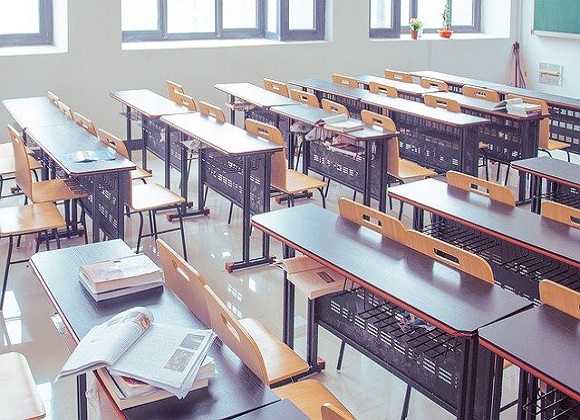Courses
Grow skills with quality courses
Pick of the week: Check out our round-up of this week's top picks from the most liked posts!

A Walk into Delhi's Past
The Delhi History
Gurushala | 12 Nov 2020

Australia: The Land Down Under
Exploring Australia
Australia is known as 'the land Down Under' for its position in the southern hemisphere.
Australia is the smallest continent however, it is one of the largest countries on the globe. The country is an island lying between the Indian Ocean and the Pacific ocean in the southern hemisphere. The capital of Australia is Canberra however, some of the country’s more popular cities are Sydney and Melbourne. Australia is also the only continent in the world that doesn’t have an active volcano. Australia is also the second driest continent in the world after Antarctica.
Australia, aside from this, also has other names. One of the most common nicknames is The Land of Oz. Oz is a phonetic derivative of an informal reference to an Australian from the word Aussie. The greenery and the abundance, though can trick you into thinking that it is the Wizard of Oz's magical land.
Read more: Why is Australia Called Down Under?.
Gurushala | 10 Nov 2020

Endangered Animals
Into the Wild and Endangered
Time on planet earth is running out for certain animals. With poaching, habitat loss and the impact of climate change causing a lot of issues, human beings are the biggest threat to the survival of endangered species. Read on to learn about our support, security and conservation of some of the magnificent species most in need.
Read more: Top 10 Most Endangered Animals.
Gurushala | 06 Nov 2020

Different Types of Classroom Setups That Promote Thinking In Students
As a teacher, we always thought about how we can develop critical thinking and problem-solving skills in our students. And in every classroom scenario, we know that the seating arrangement/classroom setup is playing the main role during the teaching in the classroom and seating arrangement in the classroom is an important part for the students on regular days. There should be a proper seating arrangement for learning and teaching in the classroom.
Many of these aren’t immediately reproducible in our own classroom. They may not work for your grade level or furniture or budget or content area. But we can take it as an idea, learn from it, and use it accordingly. Classroom design, classroom management, curriculum needs and technology needs are impact teaching strategies. Each one of these possibilities will only work as well as you are able to adapt the way you plan instruction and design learning experiences.
If we take a new approach, we’ll need to design with that in mind as well. And that’s where the actions and behaviours that promote thinking, interaction, study, making, collaboration, thinking alone, and so on and those help students to become independent learners.
In this article, we will be talking about the same and try to find out the answers to such questions. They’re ideas. If they are used well to solve a problem of the classroom seating arrangement, they are being used well and if they don’t, they’re not.
Here we are sharing some classroom seating arrangement ideas for the teachers:

Source of images :Freepik
Yasmeen Begam | 05 Nov 2020

